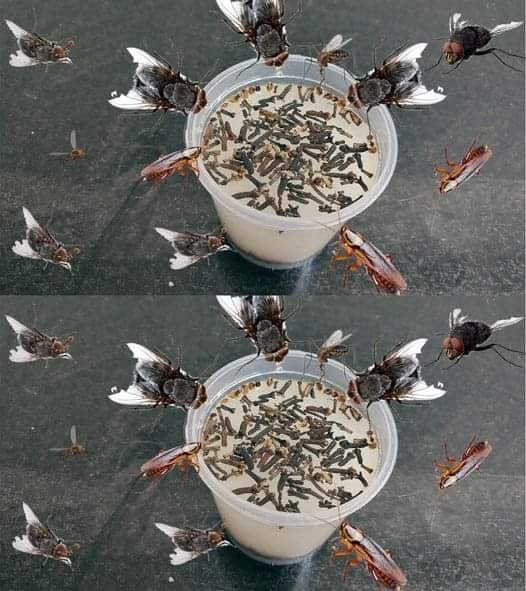Never Put Your Crockpot on the Stove — Here’s Why (From Someone Who Learned the Hard Way)
I learned a major kitchen lesson the hard way. Picture this: a brand-new glass stovetop, a hot lid, and a single thoughtless move that ended with the sharp sound of shattering glass. I had accidentally placed a hot lid upside down on the burner — and my shiny new stove was instantly ruined.
The horror of that moment stuck with me. Since then, I’ve made it a mission to handle kitchen equipment more carefully. But even with more awareness, kitchen mistakes still happen — and I recently came across one that reminded me just how easy it is to overlook the dangers of certain appliances.
🥘 A Chili Catastrophe That Could Happen to Anyone
In a kitchen group I follow online, someone shared a jaw-dropping photo of their stovetop — or rather, what used to be their stovetop. It was buried under what looked like an explosion of chili. Turns out, the cook had used her slow cooker for six hours, but her chili still wasn't quite done. In a moment of frustration, she placed the crockpot insert directly on the stove burner to finish cooking it faster.
Big mistake.
When she tried to move the cooled insert to the fridge, it cracked… and the entire pot of chili spilled everywhere.
Reading that, I could feel the panic and frustration. Cleaning up sticky chili from a ruined stove? I’d probably cry before I even grabbed a sponge.
🚫 Why You Should Never Put a Crockpot on the Stove
Let’s be clear: a crockpot should never go on a burner. It’s not made for that kind of heat. Here’s why:
-
Crockpot inserts are usually ceramic or porcelain, and these materials don’t respond well to direct, intense heat. They're designed to handle gentle, steady warmth from the slow cooker base—not the open flames or rapid heat of a stove.
-
Thermal shock is real. Sudden temperature changes or high, concentrated heat can cause the insert to crack, shatter, or chip.
-
If your crockpot cracks mid-cooking, you’re not just left with a mess—you’re at risk of burns, damaged kitchen surfaces, and even electrical issues if liquid reaches parts of the heating element.







